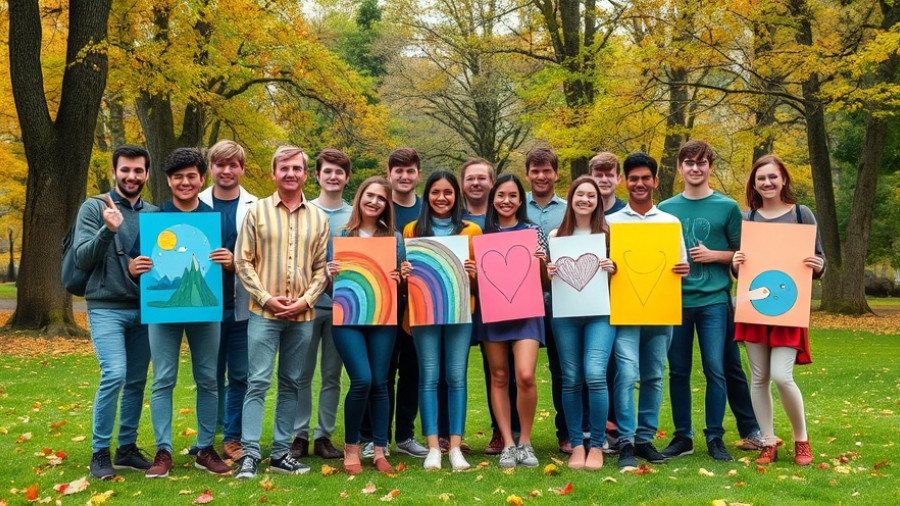
The Heart of Thrifting: A Safe Haven for All
Stepping inside Out of the Closet (OTC) for the first time was like entering a vibrant world that promised more than just secondhand clothes. With its playful color palette of pink and turquoise, you instantly feel the warmth of a community built on acceptance and support. This chain of thrift stores, which celebrates its 35-year legacy, is more than a shopping destination. For members of the LGBTQ+ community and allies alike, it serves as a critical resource for HIV prevention and healthcare.
Pioneering Support Through Fashion
The very essence of OTC lies in its ability to blend fashion with advocacy. Every purchase significantly contributes to the AIDS Healthcare Foundation (AHF), with 96 cents of every dollar directly funding comprehensive healthcare, free HIV testing, and essential treatment accessibility. "We are very much a safe space for the community," says Andrea Corrales, the District Manager of Retail Operations. When shoppers walk through those colorful doors, they not only find outfits to express their identity but also connect with vital health services.
Dismantling Stigma One Purchase at a Time
Despite the progress the LGBTQ+ community has made in society, stigma around HIV/AIDS continues to loom large, especially in more conservative areas. OTC’s unique testing model, as explained by AHF’s Senior Director of Communications Ged Kenslea, allows customers to access health services without the feel of a clinical environment. This transformative model empowers individuals to prioritize their health in an inviting, judgment-free zone. The practical ease of getting tested while shopping ensures that healthcare remains easily accessible to those who need it most.
A Community-Centric Approach During Crisis
OTC’s commitment extends beyond the confines of its shops. It not only participates in Pride parades but also actively engages in local community support during crises. For example, following the wildfires in Southern California, the chain rose to the occasion, serving over 75,000 hot meals to first responders and those affected. This approach emphasizes that every item sold is not merely a transaction; it represents genuine care for the community, especially during challenging times.
Celebrating 35 Years of Service and Inclusion
Since its inception in Los Angeles in 1990, Out of the Closet has grown to 25 locations nationwide, particularly in underserved communities where its presence is foundational. From thrifted treasures to an array of supportive services, OTC reminds us that the intersection of retail and community care can make a profound difference. As it celebrates 35 years, it invites us all to be part of a collaborative journey towards health and acceptance.
Your Invitation to Join the Cause
As we honor the milestones of Out of the Closet, consider lending your support through donations, volunteering, or simply by shopping in-store. Every action counts in creating a kinder, braver world. Join the excitement and help continue the mission of this amazing organization, because every little effort enriches the lives of countless individuals.
 Add Row
Add Row  Add
Add 




Write A Comment